
Introduction
Protective goggles have become a fundamental element in medical environments where infection control, chemical exposure, and particulate protection are priorities. These safety eyewear devices act as a critical barrier between the healthcare worker's eyes and potentially infectious materials, including bodily fluids, bloodborne pathogens, and hazardous chemical agents. The growing emphasis on personal protective equipment (PPE), especially in the wake of global health crises like the COVID-19 pandemic, has elevated the importance of protective goggles in hospitals, clinics, research laboratories, and emergency settings. With rising awareness regarding occupational safety and stringent government regulations, the protective goggles for medical market has gained significant momentum across the globe.
Full Details Report: https://www.databridgemarketresearch.com/reports/global-protective-goggles-for-medical-market
Trends
The global medical industry is experiencing several notable trends that directly impact the protective goggles segment. One key trend is the development of anti-fog and anti-scratch technologies. Modern protective goggles are designed using advanced coatings and materials that improve visibility, even in high-humidity or long-duration use conditions. Healthcare professionals often require clear, uninterrupted vision during complex procedures, and such enhancements improve both performance and safety.
Another important trend is the increased adoption of reusable goggles made of durable, sterilizable materials. While disposable goggles were in high demand during the pandemic, the post-pandemic focus has shifted toward cost-effectiveness and sustainability. Manufacturers are responding by producing protective eyewear that can withstand repeated disinfection cycles without degrading in quality.
Digital integration is also emerging in this market, particularly with smart goggles capable of integrating with heads-up displays (HUDs) for diagnostics, imaging, or telemedicine support. Though still in early stages, these innovations point to a future where protective eyewear will not only serve a defensive function but also enhance clinical efficiency.
In terms of aesthetics and ergonomics, more manufacturers are designing goggles with adjustable straps, customizable fits, and lightweight materials to reduce discomfort during prolonged use. Gender-specific and pediatric designs are also gaining traction to cater to a wider user base.
Size
The protective goggles for medical market has grown substantially in recent years. In 2024, the market was valued at approximately USD 665 million, and it is projected to exceed USD 900 million by 2030, exhibiting a compound annual growth rate (CAGR) of around 5.2% during the forecast period. This steady growth is driven by increased healthcare infrastructure investments, especially in emerging markets, as well as ongoing outbreaks of infectious diseases that necessitate PPE stockpiling.
North America holds the largest share of the global market, owing to high healthcare standards, large-scale hospital networks, and significant government funding for healthcare safety. Europe follows closely, with countries like Germany, France, and the UK driving demand through stringent occupational safety norms. The Asia-Pacific region is expected to witness the fastest growth, attributed to expanding healthcare access in countries such as India, China, and Southeast Asia.
Latest Trending Reports:
Brazil Contrast Injector Market
Global Implantable Infusion Pumps Market
North America Automotive Battery Thermal Management System Market
Global Closed Molding Composites Market
Global Dysphagia Market
Global Pressure Sensitive Adhesives Market
Europe Smoked Cheese Market
Share
In terms of market segmentation, the hospital sector accounts for the largest share of protective goggle usage due to the high patient volume and exposure risks. Clinics, ambulatory surgical centers, and dental facilities are also major contributors to demand. Laboratory and research institutes represent a growing segment, where safety goggles are critical for shielding against chemical splashes and biohazards.
From a distribution channel perspective, online sales have surged in recent years, especially during the pandemic. E-commerce platforms provide a convenient way to source PPE in bulk, with real-time inventory checks and fast delivery times. However, brick-and-mortar distribution through medical supply stores and hospital procurement networks remains dominant.
The market is dominated by several global players including 3M Company, Honeywell International Inc., Kimberly-Clark Corporation, Uvex Safety Group, and Moldex-Metric, Inc. These companies invest heavily in R&D, safety certifications, and product diversification to maintain their competitive edge.
Growth
The protective goggles for medical market is experiencing consistent expansion driven by multiple growth catalysts. The surge in demand for PPE since the outbreak of COVID-19 acted as a springboard, raising both awareness and institutional investment in safety gear. Beyond pandemic-related spikes, long-term growth is being fueled by government mandates enforcing the use of PPE in healthcare facilities.
Increased training and education programs about occupational hazards in healthcare are encouraging the adoption of protective eyewear, especially among nursing staff, lab technicians, and surgical teams. Healthcare organizations are becoming more proactive in assessing workplace risks and ensuring appropriate PPE availability for their staff.
Growth is also being driven by rising surgical volumes worldwide. With an increase in both elective and emergency procedures, the need for protective gear during operations, including eye protection, is higher than ever. Ophthalmic surgeries, orthopedic procedures, and dental treatments all contribute to this upward demand trajectory.
Expansion of hospital networks and the establishment of new healthcare infrastructure in developing countries are introducing a new consumer base to the market. As international health agencies continue to push for universal health coverage, the need for standardized safety practices, including the use of protective goggles, will grow.
Demand
The demand for protective goggles in the medical sector remains robust due to rising awareness of healthcare-associated infections (HAIs). According to the World Health Organization (WHO), hundreds of millions of patients globally are affected by HAIs annually. Protective goggles serve as a first-line defense, reducing the risk of transmission through mucous membranes in the eyes.
Healthcare workers face constant exposure to bloodborne pathogens such as hepatitis B, hepatitis C, and HIV. Medical goggles form part of standard precautions designed to protect against these risks. With occupational safety being increasingly prioritized, demand for such protective gear continues to increase.
Rising geriatric populations and chronic disease prevalence have resulted in higher hospital admission rates, which, in turn, lead to more procedures and greater exposure risks. This drives up the requirement for reliable protective gear across departments including emergency care, surgical units, and intensive care.
Government regulations and standards issued by bodies such as the Occupational Safety and Health Administration (OSHA), Centers for Disease Control and Prevention (CDC), and European Centre for Disease Prevention and Control (ECDC) further reinforce the routine usage of protective goggles. Compliance with these guidelines is mandatory in most healthcare systems, reinforcing the stable demand.
https://aimarketresearch2024.blogspot.com/2025/07/pre-workout-beverages-market-size-share.html https://aimarketresearch2024.blogspot.com/2025/07/asia-pacific-automotive-refinish.html https://aimarketresearch2024.blogspot.com/2025/07/hotel-armchair-market-size-share-trends.html https://aimarketresearch2024.blogspot.com/2025/07/cereals-and-grain-seed-market-size.html https://aimarketresearch2024.blogspot.com/2025/07/north-america-anti-acne-cosmetics.html
Conclusion
The protective goggles for medical market continues to evolve, driven by technology, safety awareness, and healthcare expansion. As the healthcare industry embraces modernization and risk mitigation strategies, the role of protective goggles is shifting from being an optional safety tool to a mandated essential. With sustained growth across both developed and developing economies, and innovations enhancing product usability and efficiency, the future of this market remains resilient and promising.
About Data Bridge Market Research:
An absolute way to forecast what the future holds is to comprehend the trend today!
Data Bridge Market Research set forth itself as an unconventional and neoteric market research and consulting firm with an unparalleled level of resilience and integrated approaches. We are determined to unearth the best market opportunities and foster efficient information for your business to thrive in the market. Data Bridge endeavors to provide appropriate solutions to the complex business challenges and initiates an effortless decision-making process. Data Bridge is an aftermath of sheer wisdom and experience which was formulated and framed in the year 2015 in Pune.
Contact Us:
Data Bridge Market Research
US: +1 614 591 3140
UK: +44 845 154 9652
APAC : +653 1251 975
Email:- corporatesales@databridgemarketresearch.com

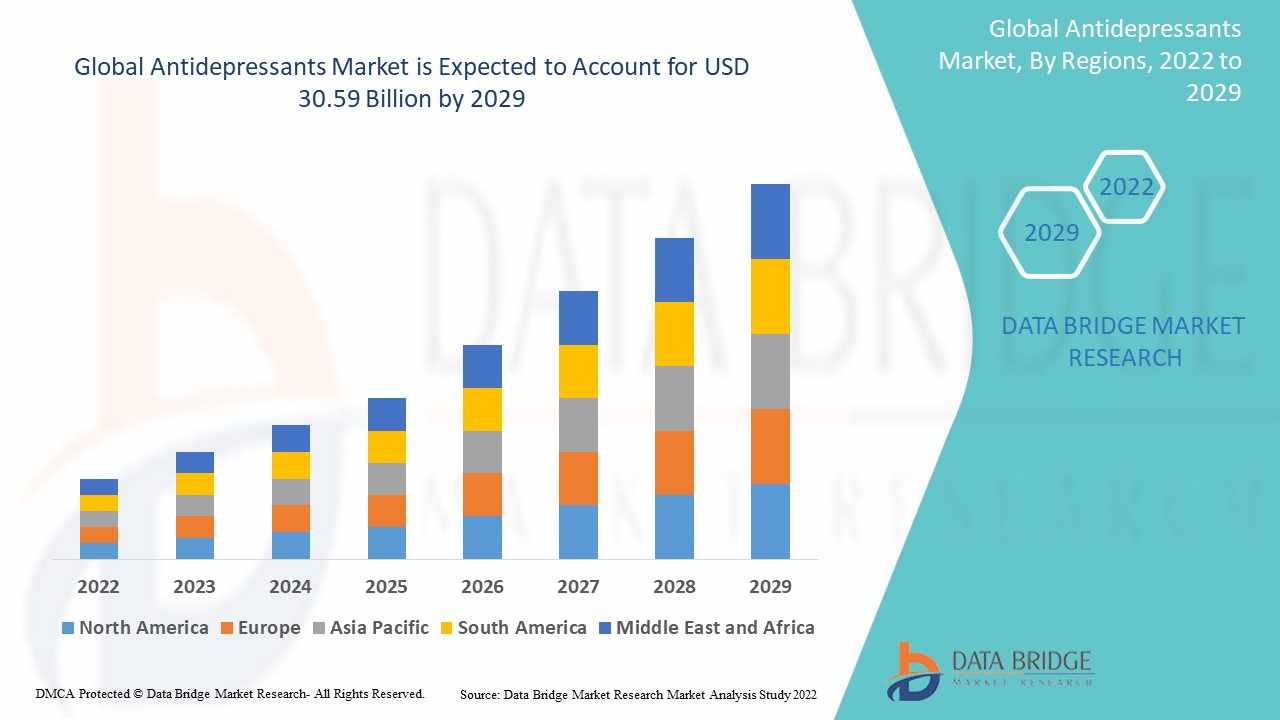
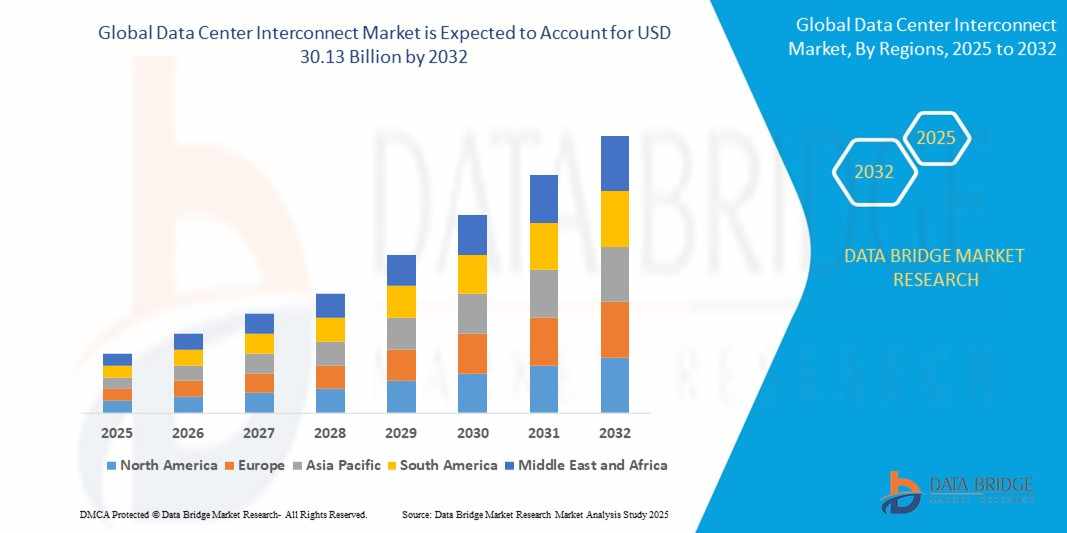
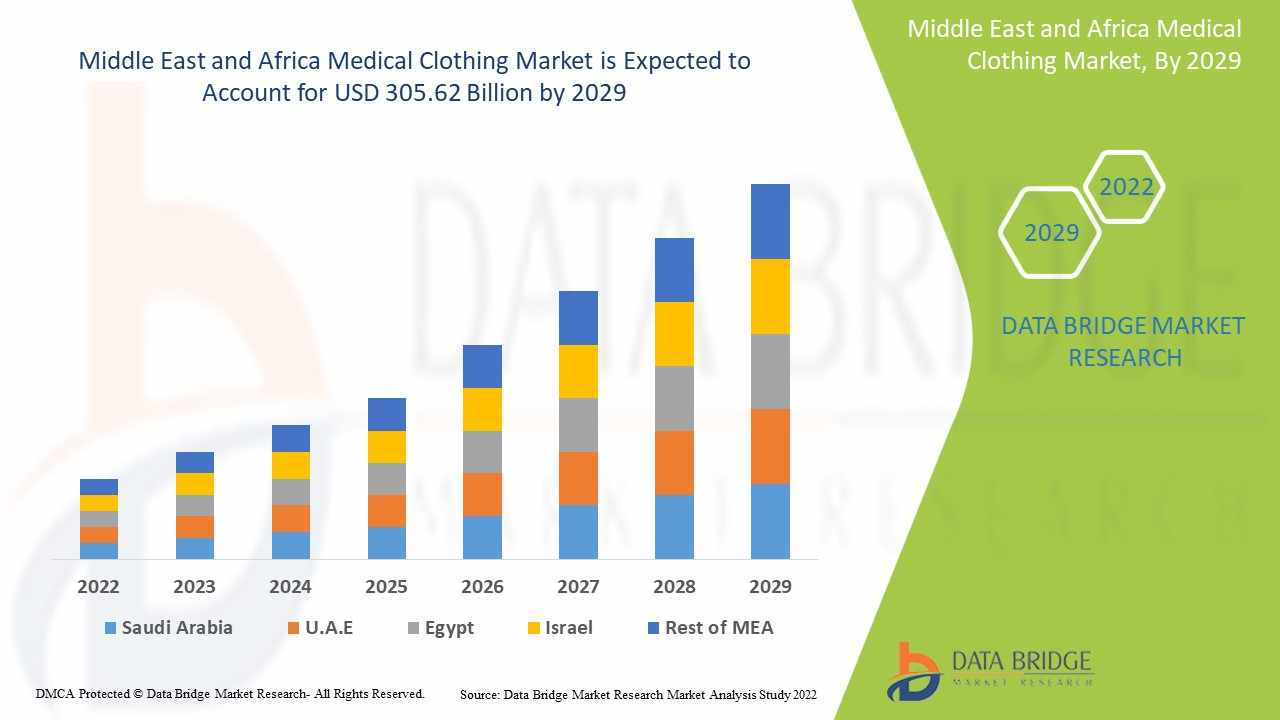
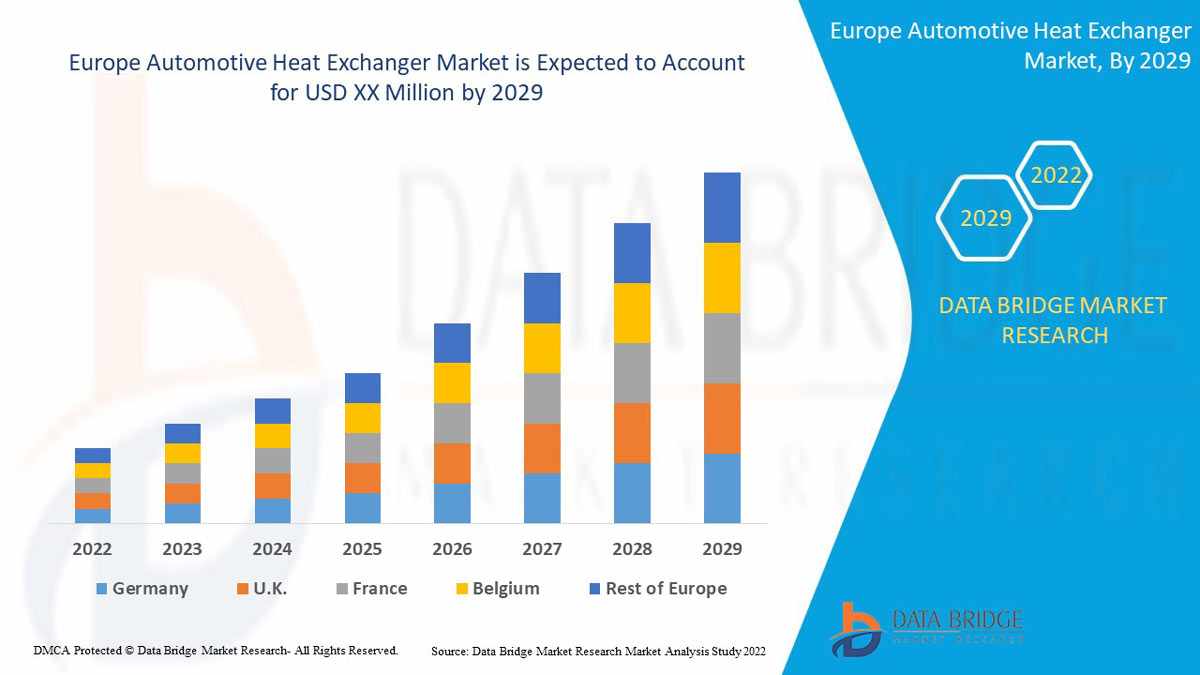
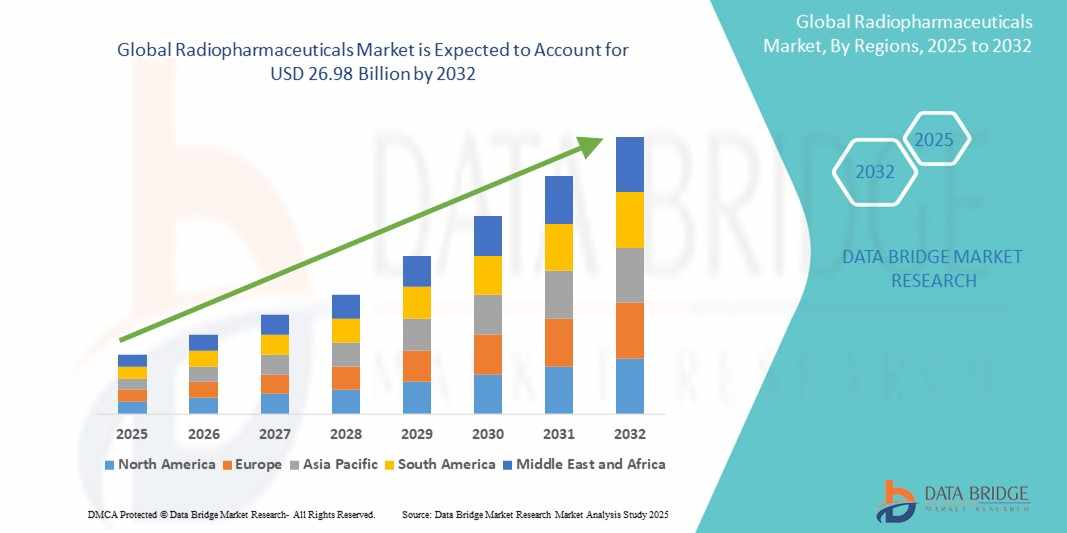
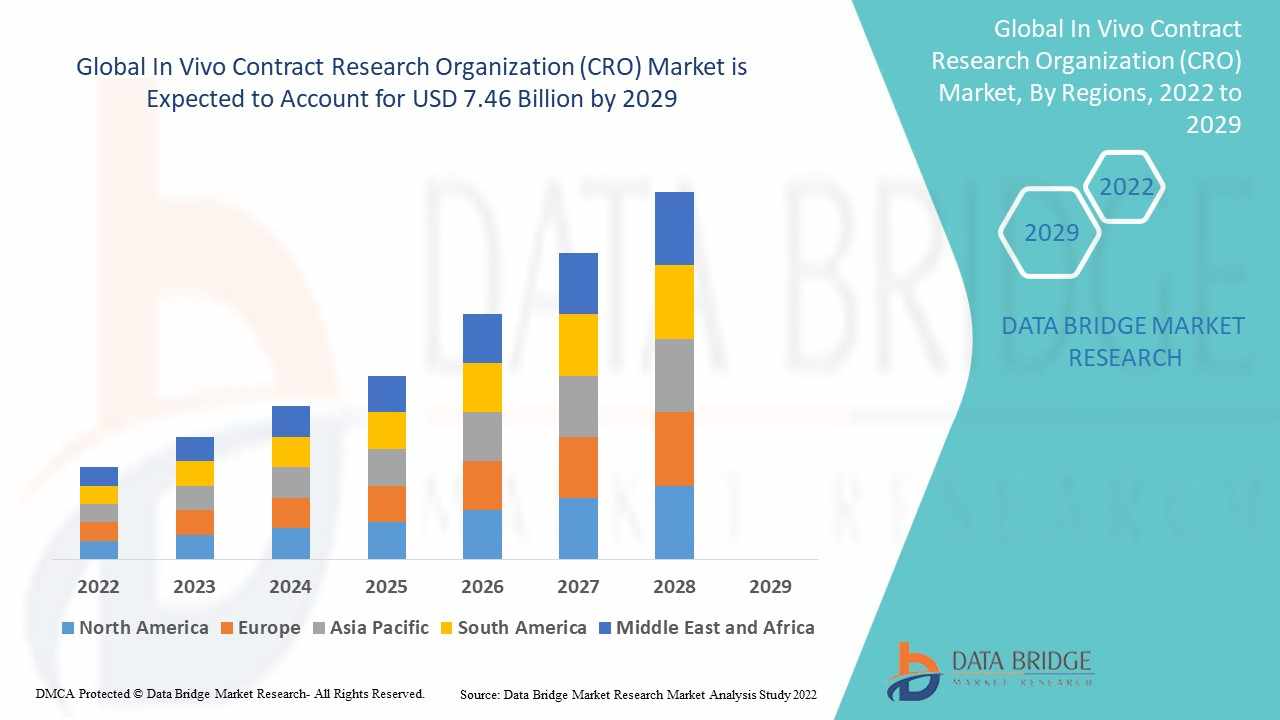
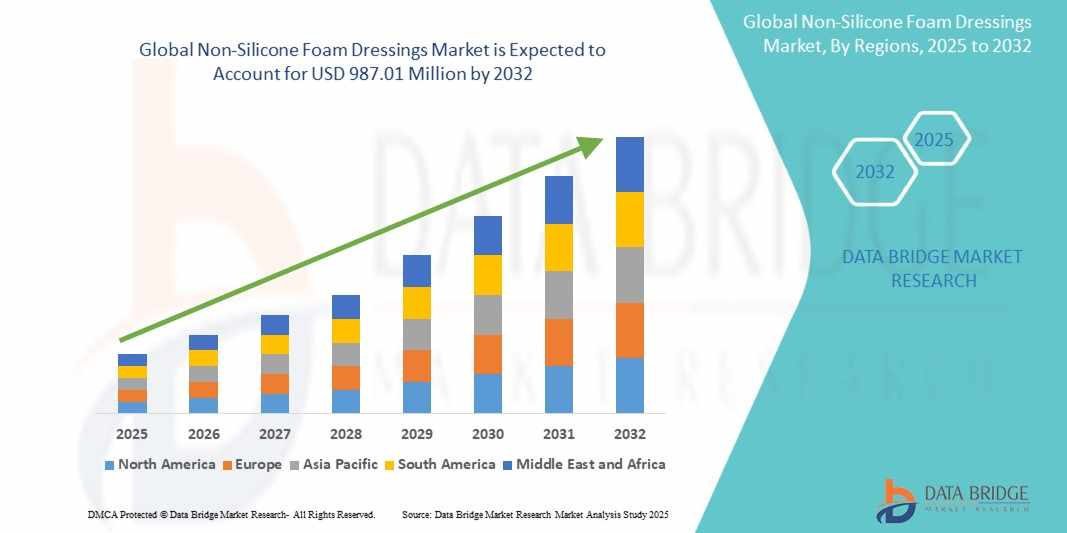


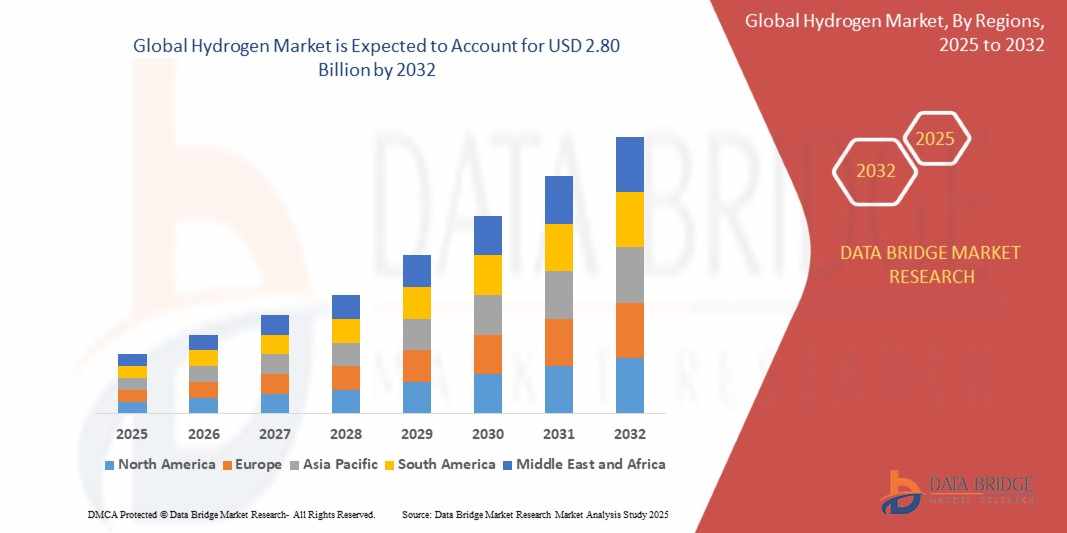
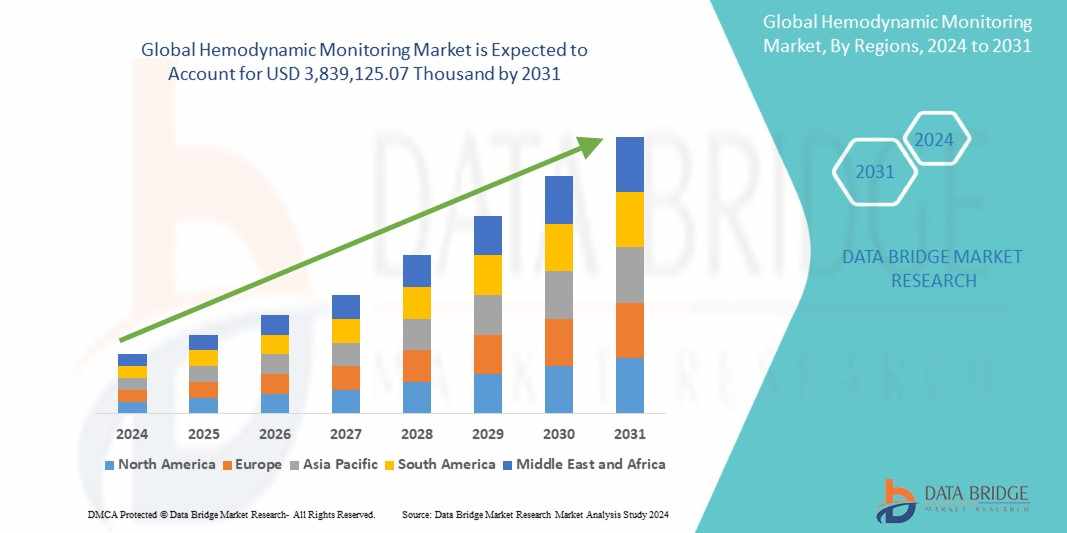








Write a comment ...